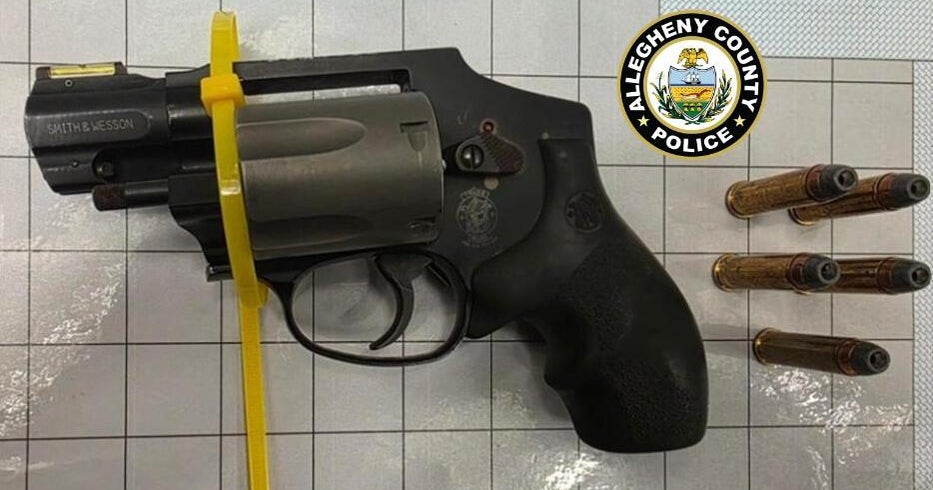Leonid Meteor Shower Expected To Peak This Week
(CNN) -- In the early morning hours on Tuesday, the Leonid meteor shower will send shooting stars across the sky.
Meteors can be harder to see when there is a bright moon, but fortunately the moon will only be 5% visible, according to the American Meteor Society. The meteor shower is expected to peak on November 16 and 17. The Leonids will be most visible from the Northern Hemisphere, but you can also view them from the Southern Hemisphere.
Weather can also impact visibility. The United States should have mostly clear skies during the peak nights, except for some storms along the West Coast, according to CNN meteorologist Dave Hennen.
The diminutive Comet Tempel-Tuttle, the parent body of the Leonids, will cross Earth's orbit, creating a vaporizing shower of debris in the atmosphere. The comet takes 33 years to complete one orbit of the sun.
Typically, there are between 10 and 15 meteors per hour. Check online to see when it will be visible in your part of the world.
The meteor shower gets its name from the constellation Leo the Lion, as the meteors will be coming from the stars that make up the lion's mane. But you don't need to look in the direction of the constellation, because the meteors will appear all across the sky.
The bright meteors can also be colorful, and they're fast, moving at 44 miles per second -- among the fastest meteors. Fireballs and "earthgrazer" meteors are also a hallmark of the Leonid shower. Fireballs are brighter and larger and can last longer than the average meteor, while earthgrazers appear close to the horizon with long, colorful tails.
The Leonid meteor shower overlaps with the Northern Taurid meteor shower, so some meteors from that shower may be visible as well. The Northern Taurids are also known for their fireballs, which means if you spot a fireball or two it could have originated from that shower.
Unfortunately, this year's shower won't produce a meteor storm, which is when you can see upward of 1,000 meteors per hour. Although such an event has been associated with the Leonid meteor shower before, the last storm happened in 2001.
The best time to see the meteor showers will be between midnight and dawn on both mornings, wherever you are in the world. Light pollution from cities can obstruct the view, so drive out to a quieter place with fewer lights.
Find an open area with a wide view of the sky, and don't forget to bundle up. If you want to photograph the Leonid meteor shower, NASA suggests using a camera with manual focus on a tripod with a shutter release cable or built-in timer, fitted with a wide-angle lens.
The-CNN-Wire
™ & © 2020 Cable News Network, Inc., a WarnerMedia Company. All rights reserved.



